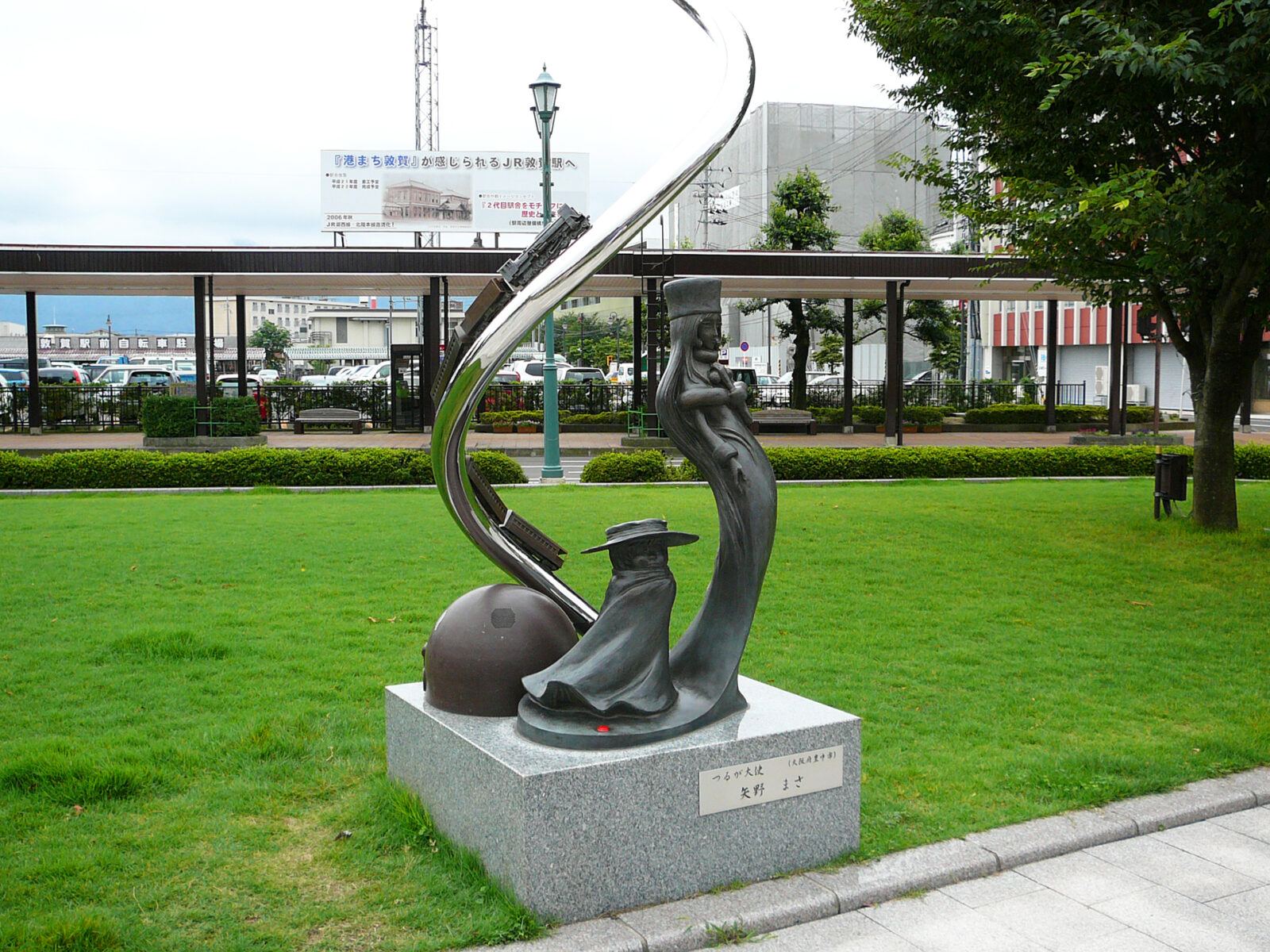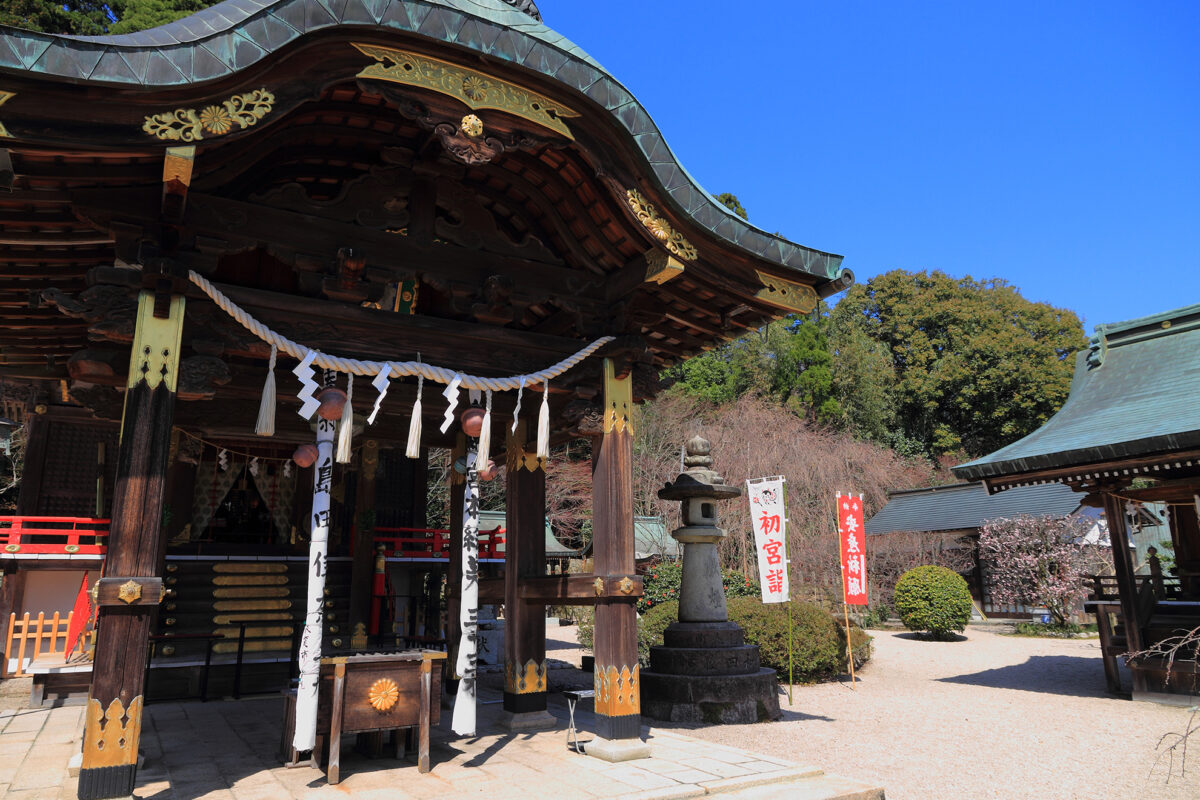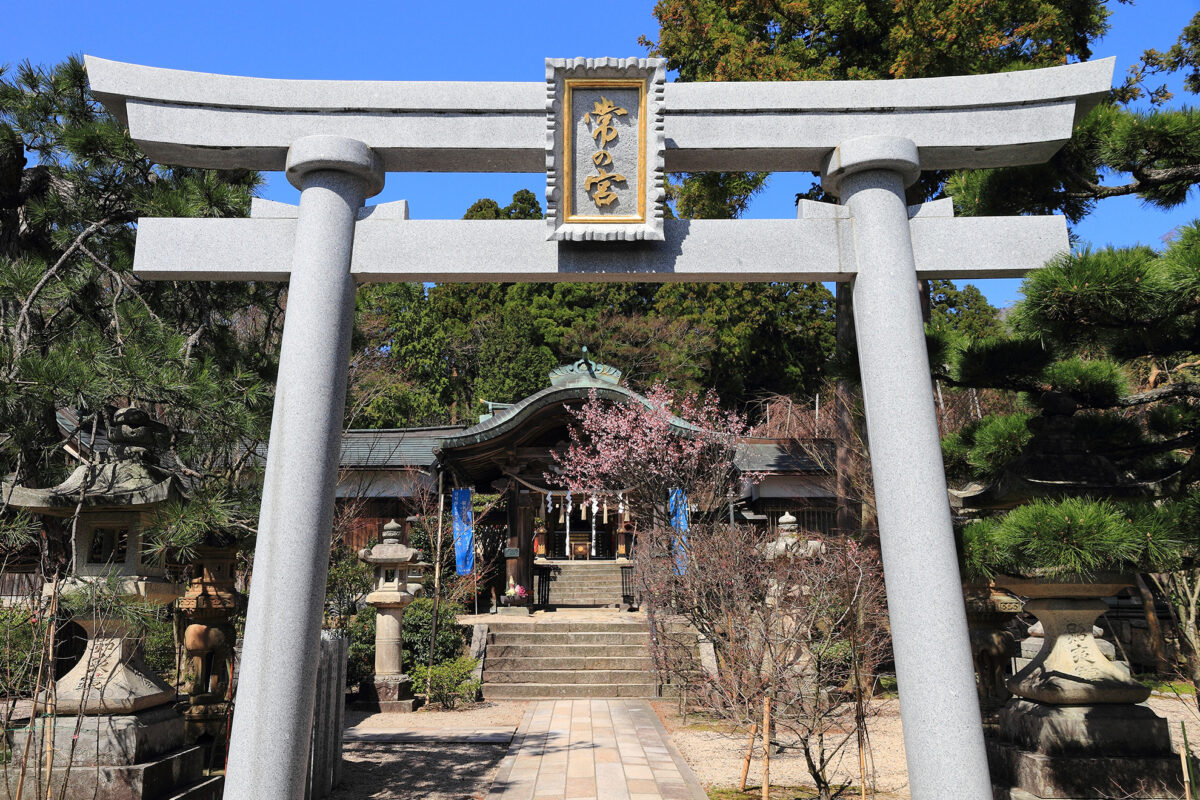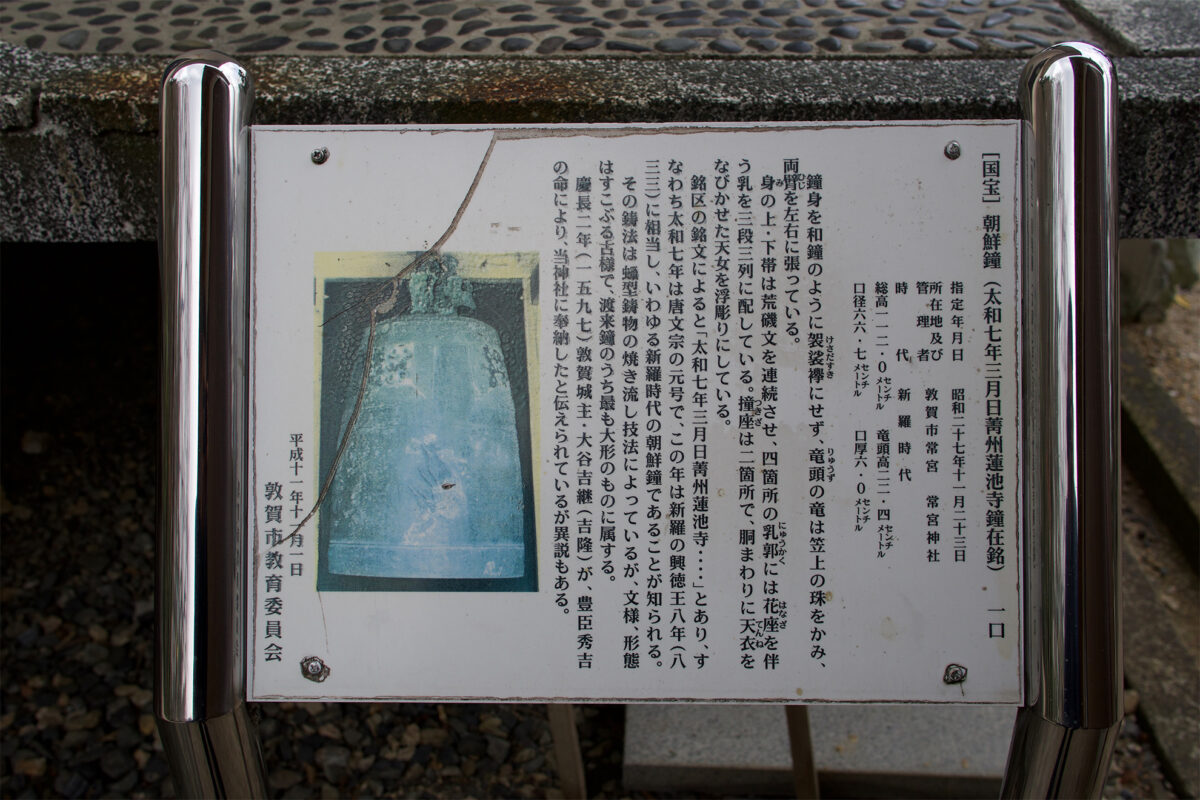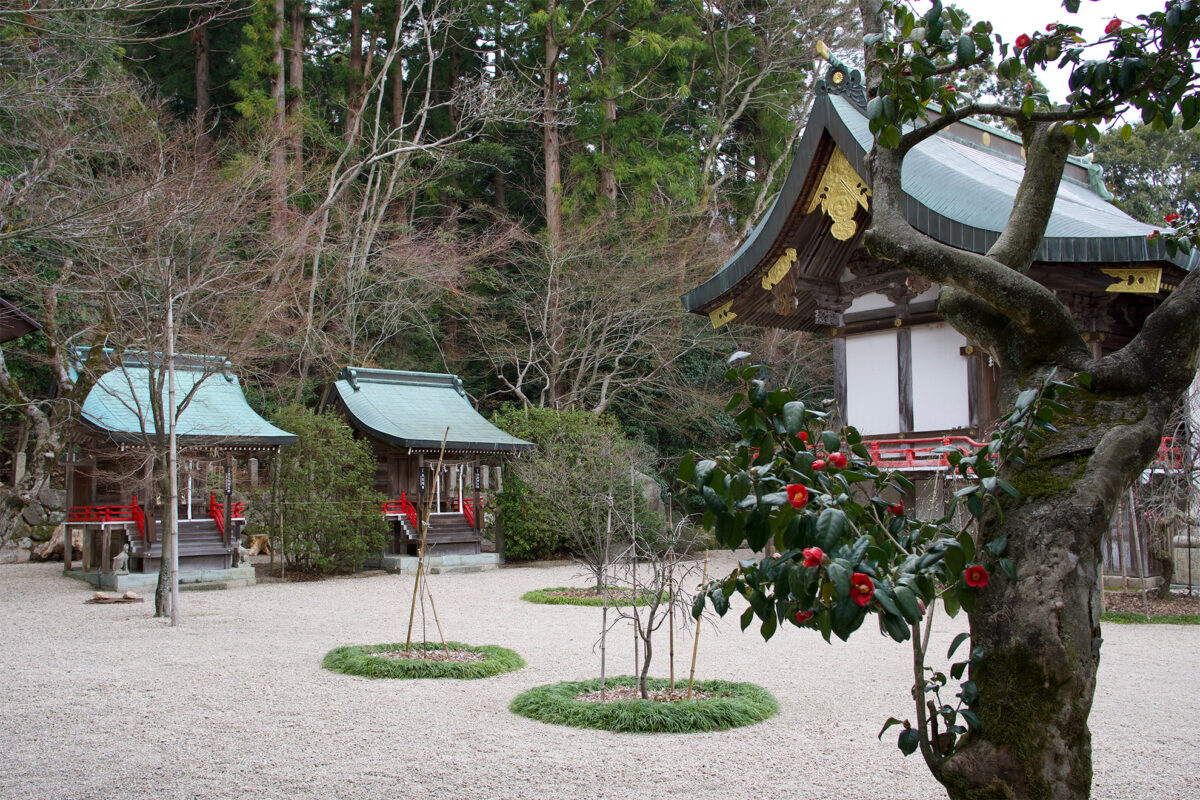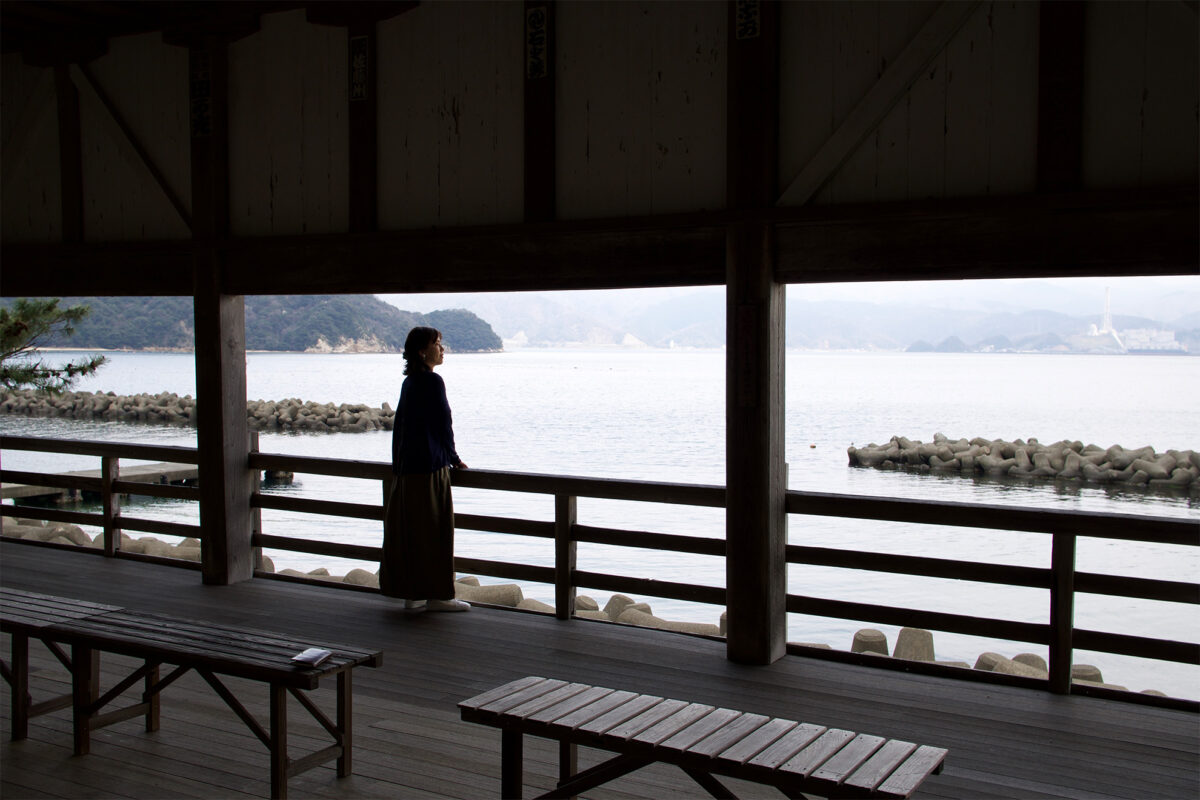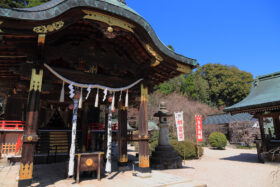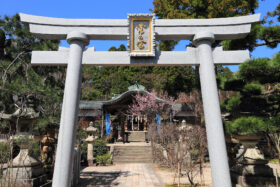
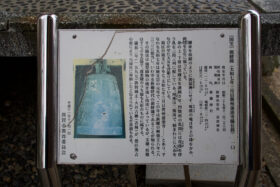
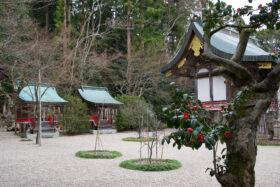
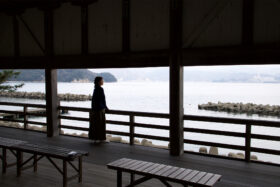
The Rear Shrine of Kehi Jingu Shrine
Affectionately known by locals as “Osan no Jogu-san,” the shrine of childbirth, this shrine features an abundance of natural beauty that changes from season to season, such as plum blossoms, cherry blossoms, and fall colors. After Empress Consort Jingu safely gave birth here to the imperial prince who would go on to become Emperor Ojin, she became revered as the deity of safe childbirth. Empress Consort Jingu was the empress of Emperor Chuai, the enshrined deity of Kehi Jingu Shrine, so Jogu Shrine and Kehi Jingu Shrine are thought of as husband and wife, with Jogu Shrine considered the rear shrine of Kehi Jingu Shrine. Every July, the enshrined deity of Kehi Jingu Shrine, Emperor Chuai, crosses the sea in a mikoshi portable shrine boat to visit his wife, Empress Consort Jingu, at Jogu Shrine, where she is enshrined, in a romantic Shinto rite. Because of the location, and because Empress Consort Jingu was said to have prayed for safe navigation before the legendary ancient conquest of the Korean peninsula, this shrine is also considered a protector shrine for voyages and fishing.
Sosansai Festival (held in July)
One of the deities of Kehi Jingu Shrine, Emperor Chuai, crosses the ocean once every year, on July 22nd, to see his empress and the deity of Jogu Shrine, Empress Consort Jingu. A romantic festival highly reminiscent of the story of Orihime and Hikoboshi of the Tanabata festival.
- Traffic access
-
By car: Approx. 22 min. from Tsuruga IC on the Hokuriku Expressway
By bus: Take the Jogu-sen line Community Bus from JR Tsuruga Station to Jogu Bus Stop (approx. 22 min.) - Address
- 13-16 Jogu, Tsuruga City, Fukui Prefecture
- Parking
- Free parking available


